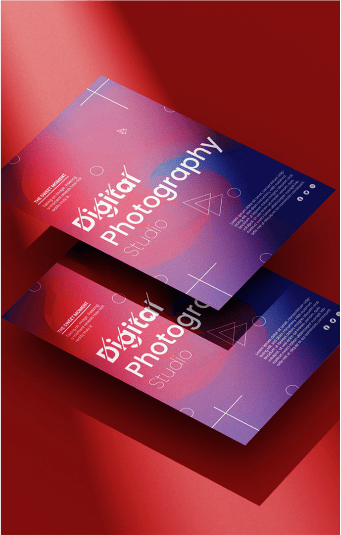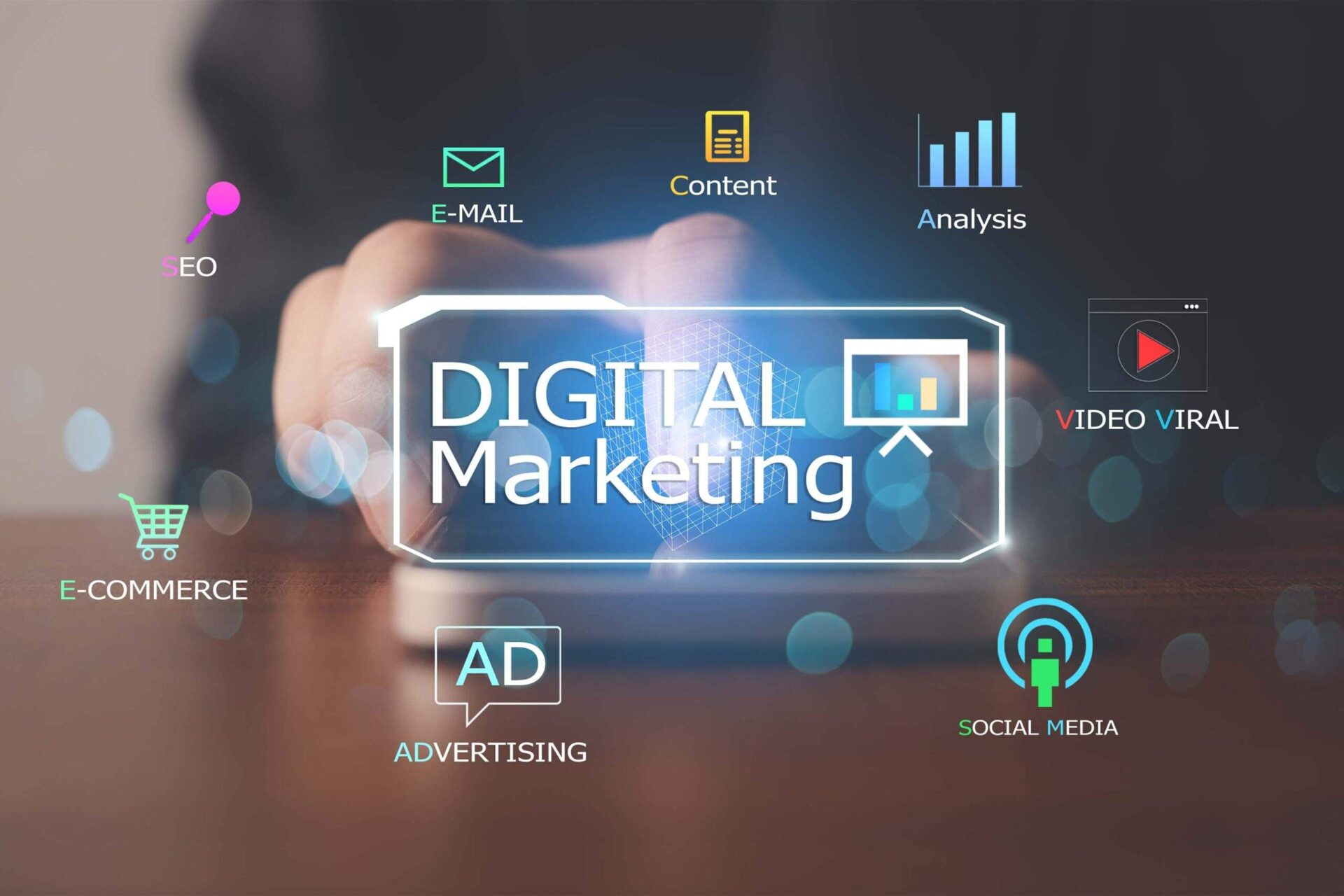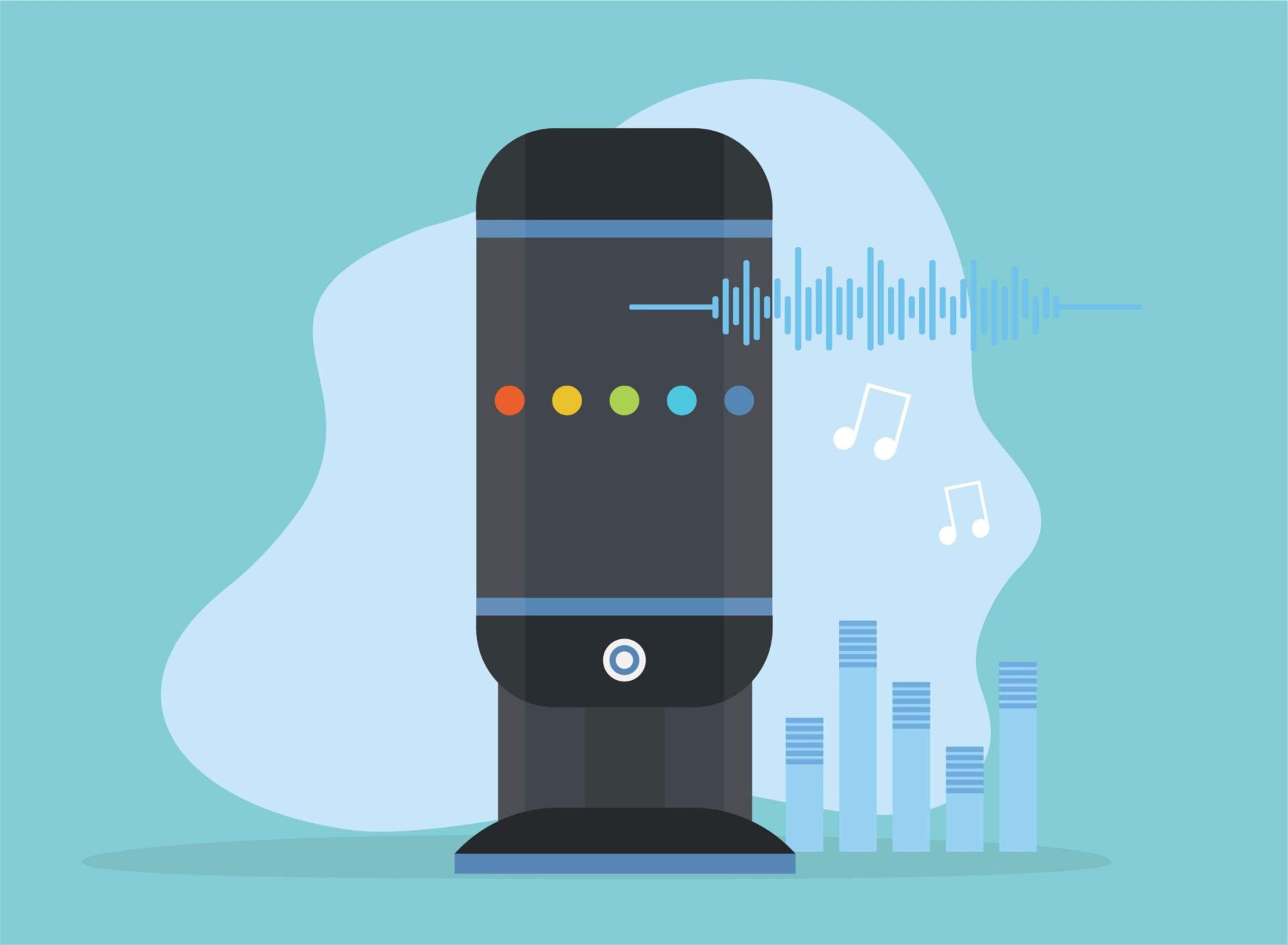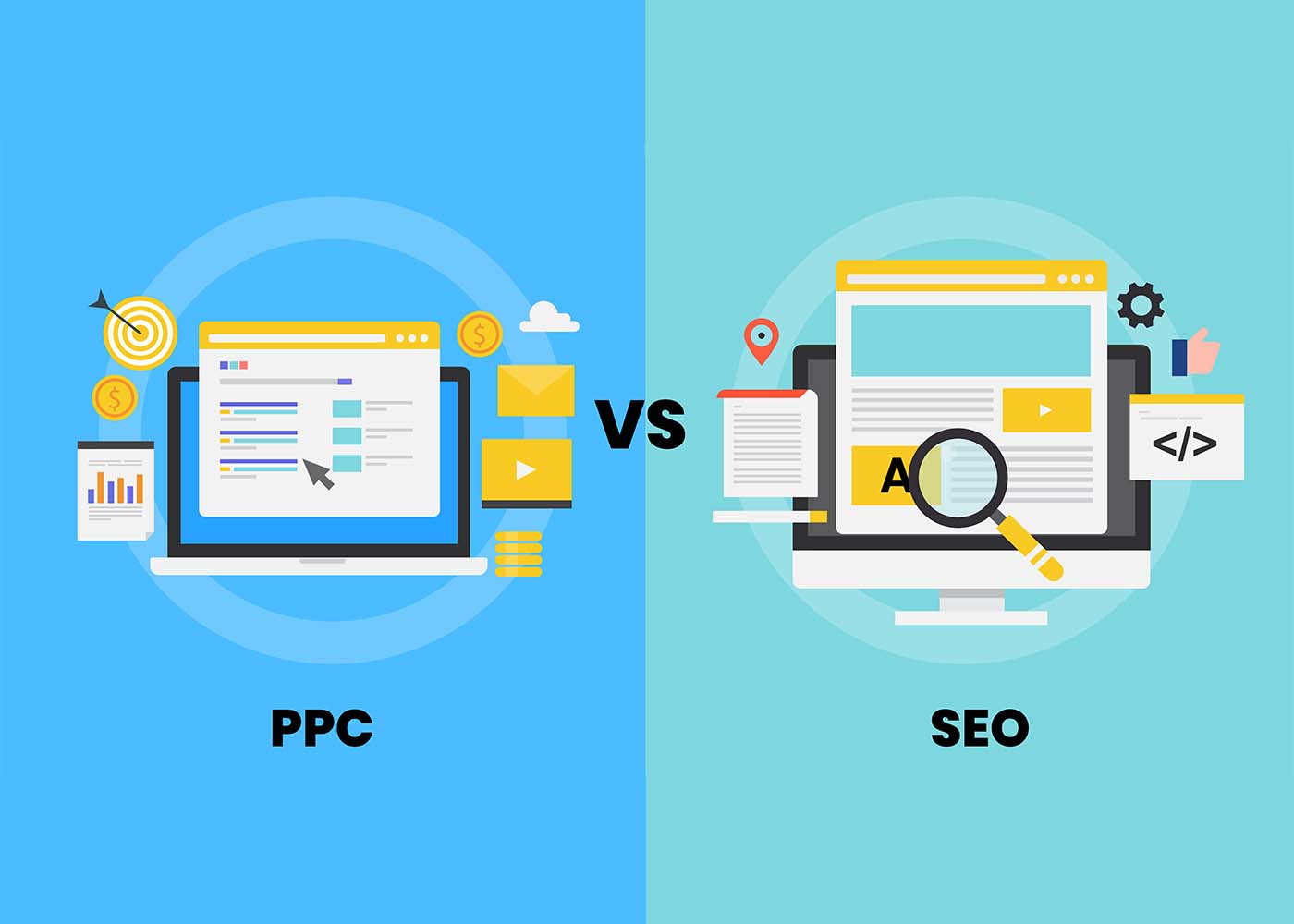Nobody likes to be left out. Have you ever felt the pang of missing out – or FOMO – when a friend is telling you about an amazing experience they had that you weren’t included in? That feeling isn’t exclusive to our personal lives; it also has a huge effect on our purchasing decisions too. Marketers are increasingly utilizing this concept, called Fear Of Missing Out (FOMO), as one of several psychological triggers for creating urgency for potential customers and driving sales. In this blog post, we’ll explore why FOMO works so well in digital marketing, using real-life examples from successful companies around the world. We’re going to look at specific strategies enabled by modern technology that can help marketers leverage FOMO more effectively than ever before!
Defining FOMO and Understanding its Power in Digital Marketing
In today’s digital age, it’s hard to go a day without hearing the term FOMO. But what exactly is this acronym all about? FOMO – or fear of missing out – refers to the anxiety people feel when they might be missing out on a social event or opportunity. Now, with the rise of social media, FOMO has taken on a whole new level of power. Marketers are harnessing this feeling to drive sales and create a sense of urgency among consumers. By using tactics like exclusive deals or limited-time offers, digital marketers are leveraging FOMO to attract and retain customers. Understanding the power of FOMO in digital marketing is key to staying ahead of the game.
Exploring the Psychology Behind FOMO and Why It Works
Fear of missing out, or FOMO, is a powerful force that can drive people to act in unexpected ways. At its core, FOMO is about the fear of being left out of something important or exciting. It’s the feeling of seeing other people having fun or experiencing success without you, and feeling like you’re not measuring up. So why does FOMO work? It’s because it taps into some of our most basic human instincts – the desire to belong, to be included, and to feel special. When we experience FOMO, we’re essentially being told that there’s something we’re missing out on and that we need to act fast if we want to be part of it. This sense of urgency can be incredibly motivating, pushing us to take actions we might not have considered otherwise. But as with any powerful force, it’s important to recognize when FOMO is driving our decisions and to make sure we’re not neglecting our own priorities and values in the process.
Crafting Effective Messages that Trigger Urgency
In today’s fast-paced world, crafting an effective message that triggers urgency is more important than ever. Fear of missing out (FOMO) is a real phenomenon that drives consumers to act quickly when presented with an opportunity. This is especially true for a digital marketing strategy, where attention spans are short and competition is fierce. To make your message stand out, you need to understand your audience and their pain points, and then craft a message that speaks directly to them. Your message should convey a sense of urgency and communicate why they need to act now. By doing so, you’ll be able to create a sense of excitement and urgency that drives conversions, and ultimately, sales.
Examples of FOMO in Digital Advertising
Brands and advertisers are constantly seeking new and innovative ways to capture the attention of consumers and cut through the noise of the digital landscape. Examples of FOMO in digital advertising can be seen in tactics such as limited-time offers, exclusive content or deals, and social proof through user-generated content or influencer marketing. By tapping into the psychological desire for inclusion and fear of exclusion, brands are able to create a sense of urgency and excitement around their products or services. However, it’s important for advertisers to strike a balance between authentic messaging and creating a false sense of urgency that can ultimately lead to consumer mistrust.
Crafting Effective Calls-to-Action for Heightened Impulse Buying
A well-worded CTA can be the difference between a potential customer making a purchase or leaving the website without taking any action. One of the latest buzzwords in the world of CTAs is FOMO or the fear of missing out. Consumers are more likely to make impulse purchases if they feel like they might miss out on a deal or promotion. Creating urgency and scarcity in your CTAs is a great way to build that sense of FOMO and increase the chances of a sale. Whether it’s a limited-time offer or a scarce number of items in stock, using FOMO in your CTAs can be a powerful tool in driving sales.
Strategies for Increasing Subscription & Retention Rates with Time-Sensitive Offers
Time-sensitive offers can be a highly effective way to boost your subscription and retention rates. By creating a sense of urgency, you tap into a powerful human emotion: the fear of missing out (FOMO). Whether it’s a limited-time deal or a special offer exclusively for subscribers, time-sensitive promotions can encourage people to take action and commit to your brand. The key is to make sure that your offers are truly compelling and valuable to your target audience, so they feel like they’re truly getting something special. With the right approach, you can use FOMO to your advantage and see a significant boost in both new subscriptions and retained customers.
Addressing Ethical Considerations Before Launching a FOMO-Based Campaign
In today’s fast-paced world, marketers are turning to FOMO-based campaigns to create a sense of urgency and drive sales. However, these campaigns raise ethical considerations that must be addressed before launching them. The fear of missing out (FOMO) can be a powerful motivator, but it can also lead to impulsive buying decisions and even feelings of guilt or regret. Marketers need to consider how their FOMO-based campaigns will impact their target audience and whether the potential benefits outweigh the ethical concerns. By taking a thoughtful and responsible approach to FOMO-based campaigns, marketers and digital marketing agencies can create successful campaigns that both drive sales and respect their customers’ well-being.
Examples of Companies that Use FOMO for Their Advantage
FOMO, or the fear of missing out, is a powerful psychological trigger that many companies have harnessed to their advantage.
- For instance, one company that has successfully maximized FOMO is social media giant Snapchat. With its disappearing photos and videos, users are constantly checking the app to see what their friends are sharing before it disappears forever.
- Another example is Amazon, whose lightning deals are designed to create a sense of urgency for shoppers, encouraging them to make a purchase before the deal expires.
- Many travel companies such as Expedia and Booking.com also employ FOMO by showcasing how many people are viewing a particular hotel or flight, creating a sense of competition and urgency among users.
In today’s highly competitive market, companies understand the power of FOMO and are constantly finding new and creative ways to leverage it.
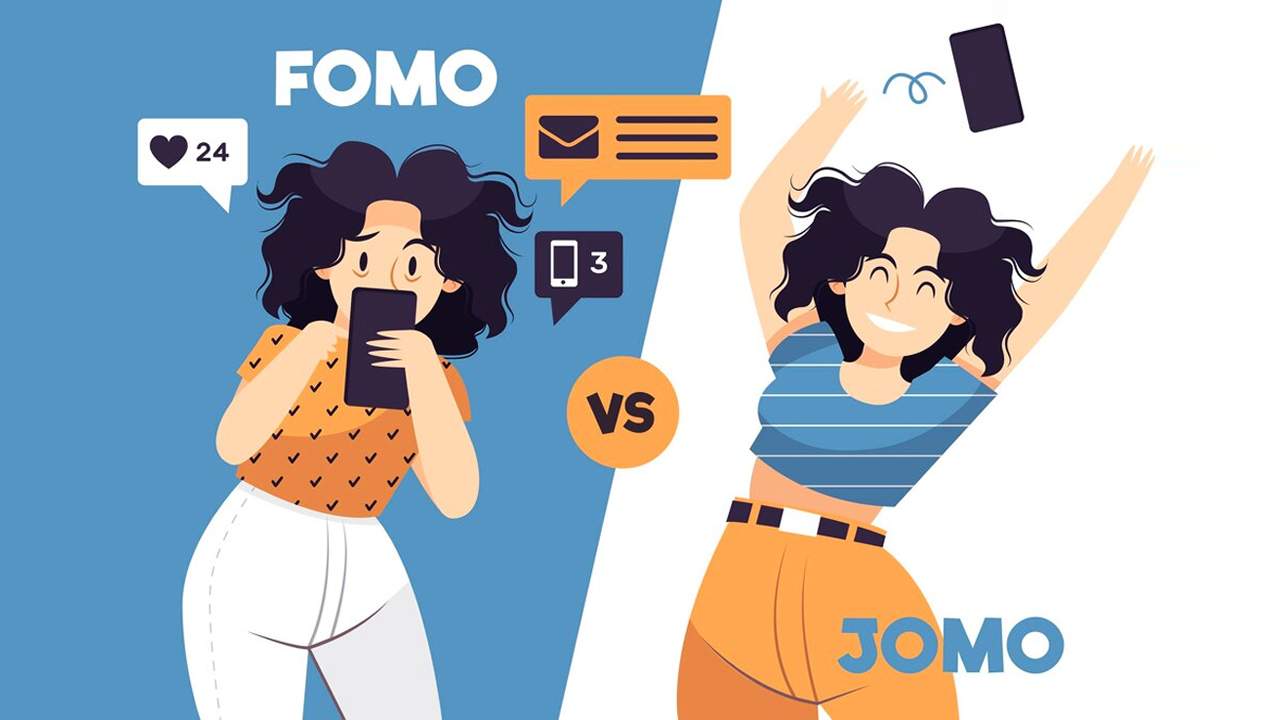
Conclusion
In conclusion, FOMO can be a powerful tool for digital marketing campaigns. It encourages people to act on impulse and preserves their sense of immediacy and urgency in a way that other marketing strategies can’t match. To be successful, however, marketers must craft effective triggered messages and time-sensitive offers, and also be sure to address any ethical considerations that may come with implementing this strategy. Examples of companies who use FOMO to their advantage include major online retailers such as Amazon and eBay, streaming services such as Netflix and Hulu, travel booking sites such as Expedia and Norwegian Air, social media outlets such as Instagram, Twitter, and Snapchat—and the list goes on! Used responsibly, FOMO presents plenty of opportunities to capitalize on digital marketing strategies as well as enticing offers that get people in the door.


